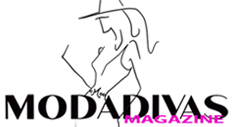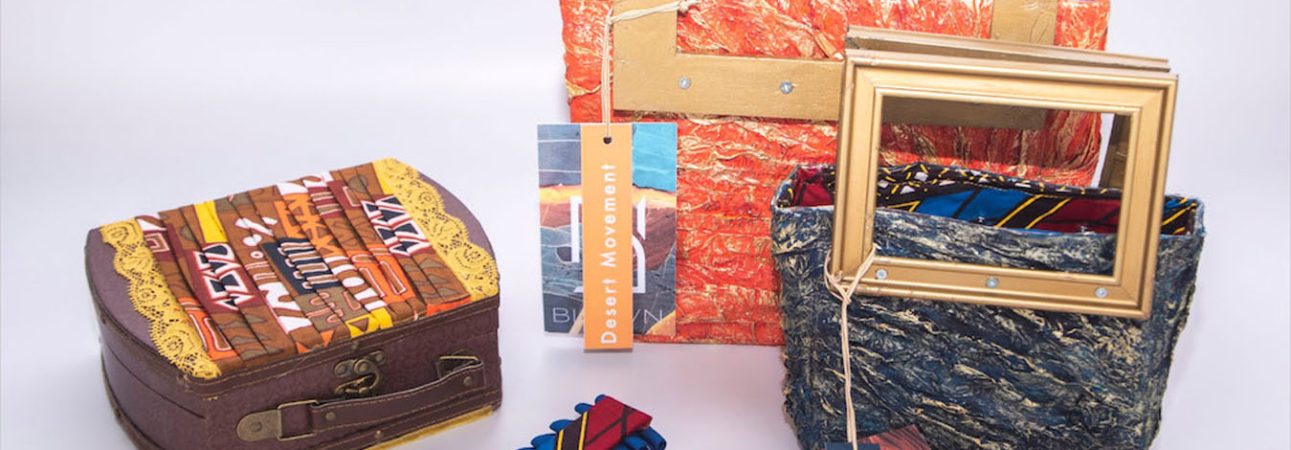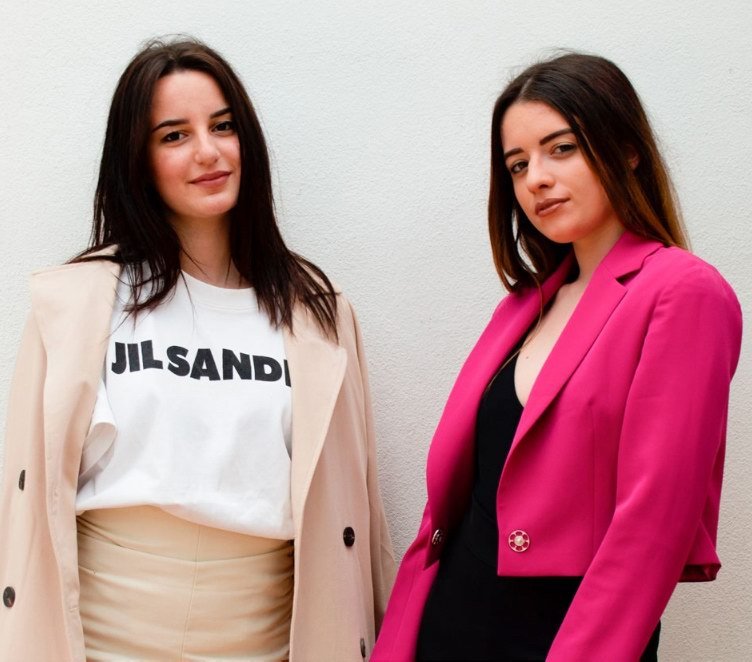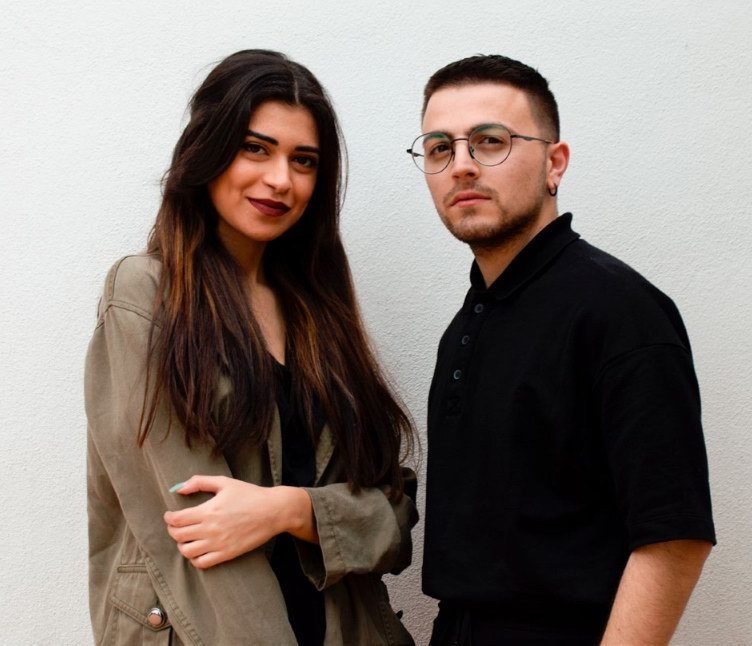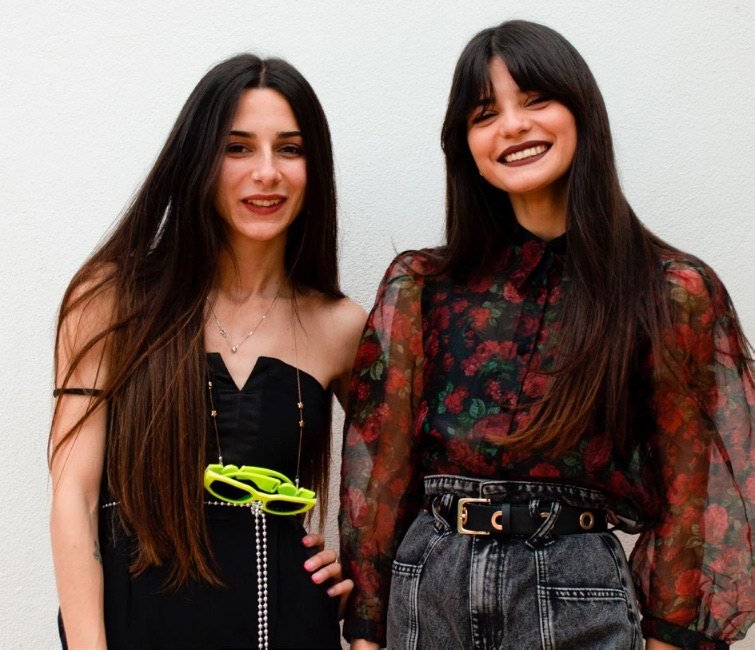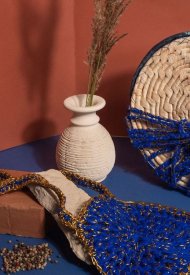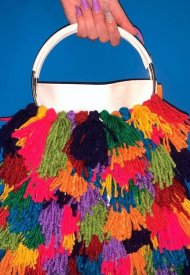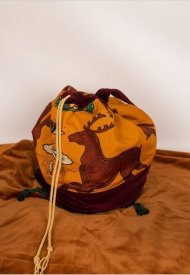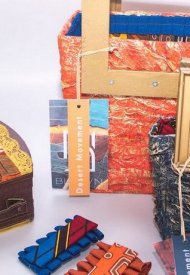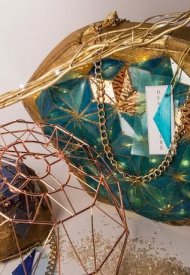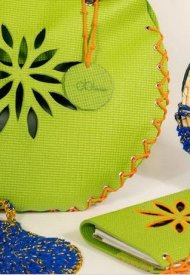“Anima” project cultural exchange between Italy and Uzbekistan with the Università Europea di Design di Pescara and the Tashkent Institute of Textile and Light Industry to discover and appreciate Uzbek textile culture
P.Rew.: Gisella Peana Ufficio Stampa
As part of the internationalization process of the Università Europea di Design di Pescara, at the end of 2019 a Memorandum of Understanding (MOU) was signed between the UED and the Tashkent Institute of Textile and Light Industry (TITLI), with the aim of stimulate cultural exchange between Italy and Uzbekistan through training and the mutual exchange of know-how.
With this in mind, the UED immediately moved to integrate, within the three-year course of Fashion Design, an exercise that would allow students to discover and appreciate Uzbek textile culture. The Fashion Lab course, in fact, assigned its 20 students the “Anima” project for the creation of a series of accessories inspired by the history of Uzbek fabrics and costumes.
This type of research and design is part of the concept of glocalization, which consists of a new economic paradigm capable of making the most of the results of globalization but starting from the beauty and particularities of local cultures, enhancing the stylistic/cultural differences of different peoples in order to be able to bring them, thanks to planning and updating, to the forefront of the globalized world.
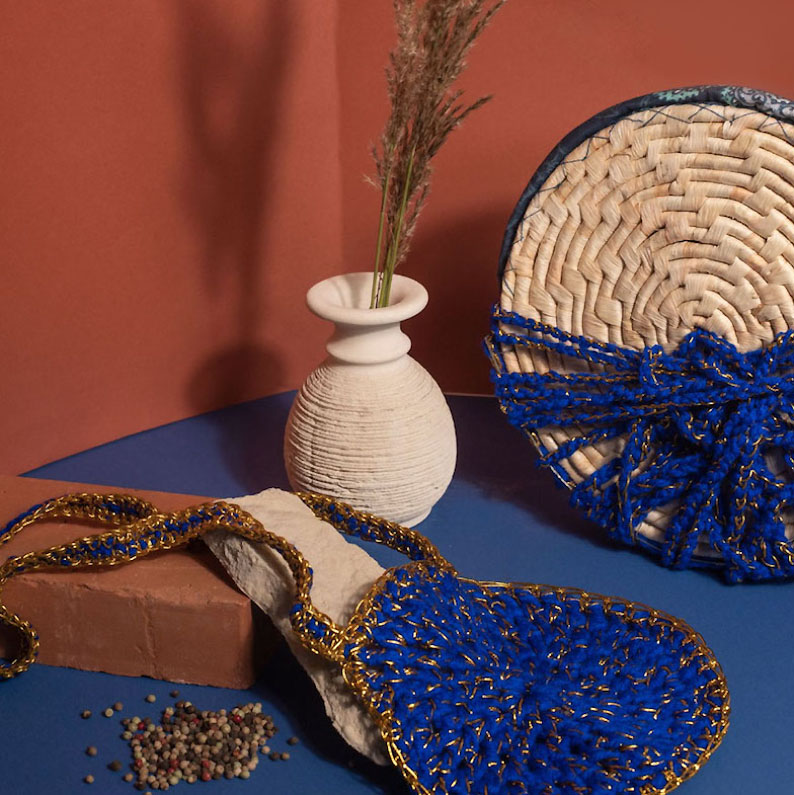
The UED and the TITLI begin just such a path. A path that is aimed at magnifying different cultures, respecting them and making them known globally. As part of the Fashion Lab course (second year of training in Fashion Design), the development of a project entitled “Uzbekistan” was assigned with the aim of encouraging experimental and decontextualization research aimed at designing innovative and trendy products. .
In this path, simple materials acquire cultural significance through the attribution of a language linked to Uzbek culture. Glass, plastic, wood, paper, old clothes and fabrics are thus reworked by the UED students in new concepts and products capable of stimulating their creativity.
The beauty of transformation, of meaning and language, deriving from the decontextualization process of the objects that make up the new products is inherent in the creative process that is generated. The “Anima” project is focused on the concept of sustainability, in particular inspiration
it came from the sad story of the Aral Sea, located on the border between Uzbekistan and Kazakhstan, which dried up and disappeared. For this reason it was therefore decided to address the issue of sustainability, using natural materials such as cotton, linen and hemp.
The project was born from the idea of telling the essence of a country, of which, apparently, we are less informed, but which has a great wealth both from a historical and artistic point of view.
The design used by the students is inspired by Uzbek cuisine, the typical obi focaccia, which resembles Indian Naan bread due to its disc shape. Bread is considered sacred thanks to a legend that tells of the passion of each new governor for the creation of special coins. Another fundamental element from which inspiration was taken are the long braids that distinguished a married woman from a single woman.
Bags were created imagining that they were the eyes and soul of women, aware of their values, eager for a rediscovery of their deeper identity. The bag was interpreted with designs and geometric motifs characteristic of Indo-Islamic architecture, which metaphorically become windows to infinity.
The colors reflect the bright shades of the place: turquoise, red and emerald. Uzbek architecture, a fundamental element for drawing greater inspiration, has been revisited in a modern key, deconstructing it and recomposing it through a sort of rebirth. Reference point for the creations is the Registan square in Samarkand, a symbol of Uzbek life and an important historical center. It is precisely from the three Islamic schools, which frame this environment, that the idea behind the collection starts.
If we started walking through the streets of the agricultural markets of Bazar Sia in Samarkand, we would seem to have gazed into a kaleidoscope: plays of lights, colors, harmonies that mix with each other and always create new perceptions. Hence the idea that gave life to a collection that is a container of history.
As for the fabrics and colors, velvet and a printed fabric were used, which show warm colors. The various elements created also feature light spots and tassels, a typical element of the country’s culture.
To represent the Uzbek culture as much as possible, it was decided to use two materials that are part of its land and its culture: copper and wool. Two very different materials, but intertwined with each other define a perfect balance giving life to elegance and positivity, reflecting what is the character of the Uzbek people.
The project aimed to link tradition and modernity together. Representing the former, the colors of the religious mausoleums and portals within the city were re-proposed, which still retain their inestimable charm today. For the second, however, one of the most revolutionary and innovative technologies of the 21st century was chosen: 3D printing. The “Anima” project, through its creations, leads to travel with the mind in the distant and fascinating Uzbekistan.
